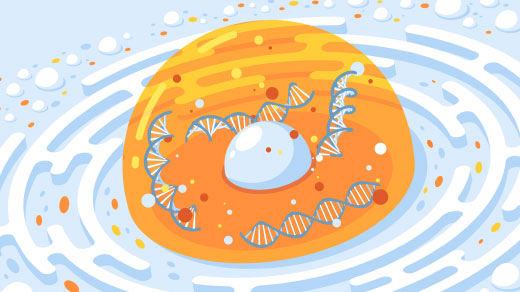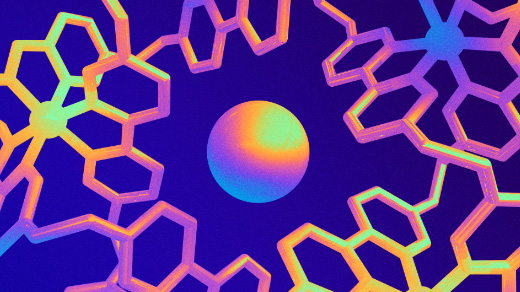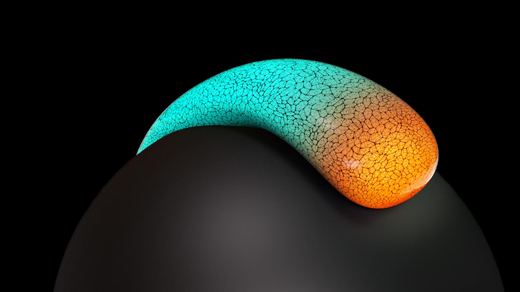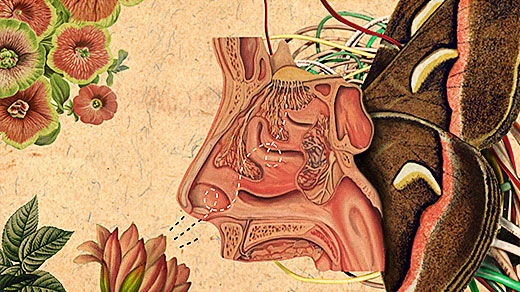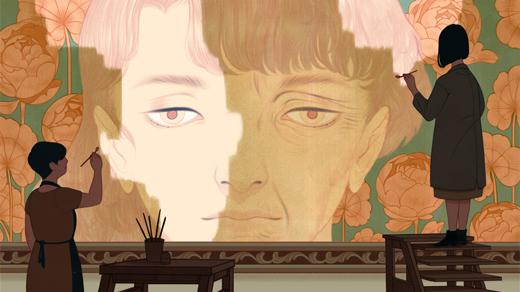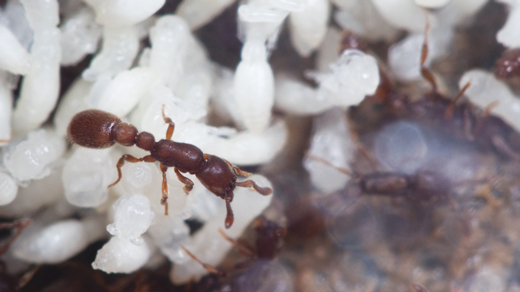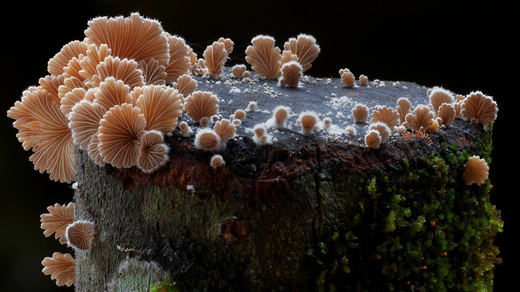Latest Articles
Mathematical Simplicity May Drive Evolution’s Speed
Some researchers are using a complexity framework thought to be purely theoretical to understand evolutionary dynamics in biological and computational systems.
In the Nucleus, Genes’ Activity Might Depend on Their Location
Using a new CRISPR-based technique, researchers are examining how the position of DNA within the nucleus affects gene expression and cell function.
Scientists Learn the Ropes on Tying Molecular Knots
As chemists tie the most complicated molecular knot yet, biophysicists create a “periodic table” that describes what kinds of knots are possible.
In the Ticking of the Embryonic Clock, She Finds Answers
Renee Reijo Pera has spent decades uncovering how the timing of embryonic development contributes to health and disease.
‘Traffic Jams’ of Cells Help to Sculpt Embryos
By measuring mechanical forces inside an embryo for the first time, researchers have shown how a physical “jamming” mechanism assists development.
New AI Strategy Mimics How Brains Learn to Smell
Machine learning techniques are commonly based on how the visual system processes information. To beat their limitations, scientists are drawing inspiration from the sense of smell.
To Heal Some Wounds, Adult Cells Turn More Fetal
Once again, body cells reveal unexpected plasticity: In a newly discovered type of wound healing, which some researchers call “paligenosis,” adult cells revert to a more fetal state.
How Insulin Helped Create Ant Societies
Evolution may have coopted an ancient metabolic mechanism to set social insects on the path toward one of the most puzzling behaviors found in nature.
Why Nature Prefers Couples, Even for Yeast
Some species have the equivalent of many more than two sexes, but most do not. A new model suggests the reason depends on how often they mate.


